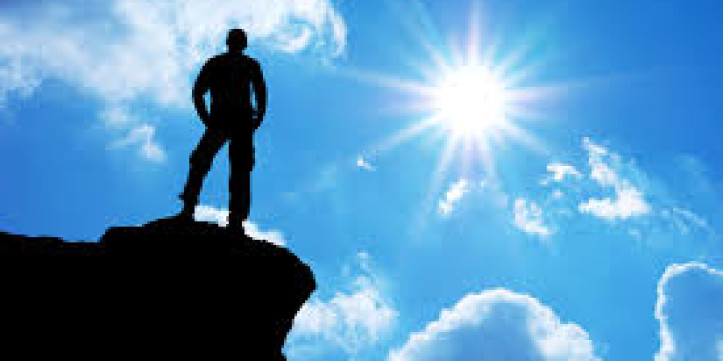An accidental decision to do a Carstensz-Elbrus combo has accidentally thrown me back straight into the world of my alma mater, the Fletcher School of Law and Diplomacy. A flash back to the rigorous debates on the History of Diplomacy, International Law and Politics of Cold War. Which one is a true summit? Towering granites of Carstensz Pyramid in West Papua or a small hill of Kosciuszko in Australia? Elbrus in Southern Russia or 1000m smaller Mont Blanc?
Where do continents start and end? Does common cultural heritage matter in defining that argument?
Given perennial wayward ways of Russian politics has Elbrus ever been a part of Europe? Or is it Mont Blanc towering over my home in Chamonix, glorious and undisputedly European (wait is it Monte Bianca and Mont Blanc? French or Italian?). We claim geographic symbols in an effort to define our own belonging and identity. The largest freshwater lake, the highest peak, the lowest point on Earth.
Carstensz Pyramid is considered by most the highest point in Australasia, yet the subtext of this notion is deeply steeped in history. Politics of this tiny part of Indonesia – West Papua – carries numerous scars of recent imperial past,an acquisition of sovereignty via a consent of 1000 elders not a plebiscite. Indonesia, in the words of my friend and a great writer Elizabeth Pisani is a country of a thousand superlatives – a largest Muslim nation, thousands of islands, a myriad of identities. In this context, West Papuans feel they belong to Melanesia, a part of Australasia. This is both an argument of shared initial continental plate and a political argument of differentiated cultural identity made in the name of attempted sovereignty. West Papua independent movement claimed that argument for its rhetoric. So do we support it by climbing this peak as the highest peak in Australasia?
The same politics – albeit deeply personal – revolves around the notion of what constitutes a true challenge? Is it a full Explorers Grand Slam that involves all 7 summits, disputed two and two full coast to pole expeditions? Or does the polar last degree suffice? Are we adventure tourists or explorers? What is true adventuring? Should it be regulated? Who can claim to be an adventurer? Is climbing Everest ‘so very 19th century’?’
Well, there is a polar school of thinking that you must be truly unsupported and claim the longest challenge… There is a ‘Chamonix’ school of living of understated ‘we don’t tell anyone where we are about to do’ with a strong preference for first alpine style fast ascents, unclimbed and unnamed peaks and self-reliance. Then there are Bear Grylls adherents of any challenge that may involve eating snakes, paddling in a smallest possible inflatable kayak across the ocean or dancing with polar bears on the North Pole. The arguments are ancient – Scott vs. Amundsen – can a guy who killed the dogs be THE guy who has discovered South Pole? The arguments are bitter, heated and rather evil among a group of people who share the same very obsessive drive for adventure. Arguments about defining identity and dividing the pie of sponsorship.
Well, people, let’s a take comfort in the multiplicity of definitions, get out there, take a breath of fresh air and keep walking, running, swimming, cycling to any geographical waypoint that you can claim as your own marker of that moment’s adventure. Let’s carry one making every bit of your life truly memorable!



Leave a Reply